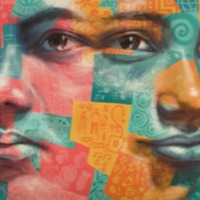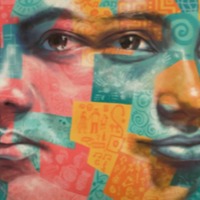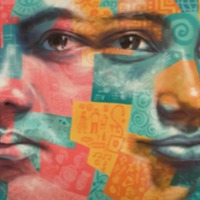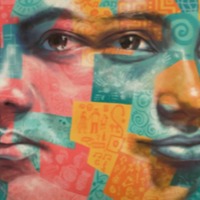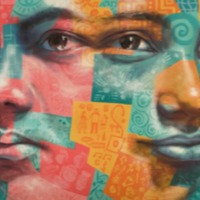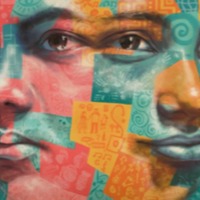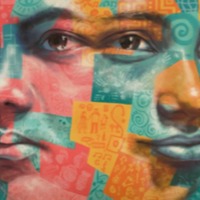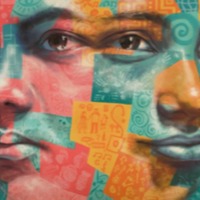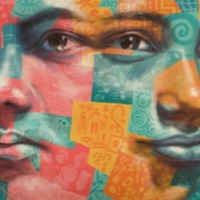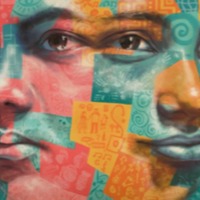
I’m going to tell you just a tiny bit about my story. At the age of 19 I was brought to the United States by the man who from there on trafficked me for years. My initiation into this process was being taken to a house, where I was forced to serve initially 30 to 50 men for a long process that lasted weeks. And then I ended up in another state, where they moved me, and this continued.
Shortly after this started happening to me, as you can imagine, I was crying constantly. I was not behaving according to how they wanted me to. I was crying. I was sad constantly. I was not performing to how they wanted me to. I felt very ashamed. And I felt this little from what was being forced onto me.
So here is my first interaction with the health care industry. They wanted to stop me from crying so that I could perform better so they could make more money. So they took me to a clinic in New York. The doctor walked in, asked me what were my symptoms, and I explained that I felt very anxious and very sad and I felt like I wanted to cry all the time. She asked no more questions and told me that I was depressed and prescribed me medication for depression.
The second time I was experiencing a lot of pain from all of the activity that I had to perform every single day. The pain was so excessive that the trafficker finally decided to take me back to the clinic now to remedy this issue. I ended up in the same clinic, with the same nurse, with the same doctor – same people. She walked into the room, asked me what was wrong. I explained that I was experiencing pain. She didn’t examine me, did not ask me any more questions, and gave me painkillers to take the pain away.
In 2009 this was the worst episode for me. I began bleeding excessively. And by now I had been bleeding for six months straight nonstop while I was still being trafficked every single day. The trafficker forced me to wear makeup sponges inside my vagina so that this could stop the excessive bleeding that was going on every day so that I could keep working for him.
I couldn’t take it anymore, and he finally realized that and took me to the doctor. And he told me to say this. He told me to say that I had no family in the United States, that I didn’t know anyone, and that I had a boyfriend who was very sexually active. And I had been experiencing these bleedings ever since I had started interacting with him.
That occasion I was at the hospital from 11:00 in the morning until 4:00 a.m. the next day with several people doing exams and tests on me and looking at my interiors. And no one asked a single question. I was not even prescribed medication. They didn’t provide me any treatment because all I had was excessive bleeding and lacerations. So they said just go home and drink a lot of Gatorade so you can hydrate, and you should not have any sexual activity.
I know that I don’t have a lot of time, so I want to thank you. And I’m thanking you mainly because I’m hoping that somehow this will go somewhere else where all of the young girls and the young adults that are going through this could be rescued easier or better or that we find other ways to do this for them.
I wish that I could be the person in power to be doing this for the girls. But I also understand that people who are in power, like doctors and police officers and people that may be in this room, are the ones who could possibly make this happen.
Narrative as told to the Briefing on “Best Practices for Rescuing Trafficking Victims,” Commission on Security & Cooperation in Europe: US Helsinki Commission, Washington, D.C., December 1, 2015
